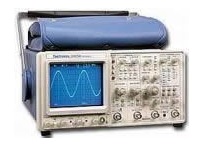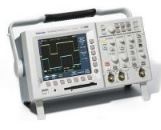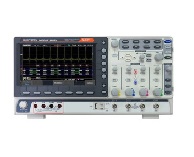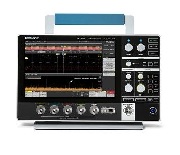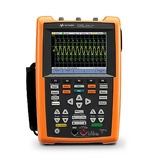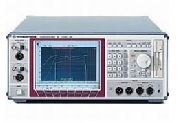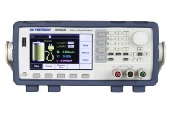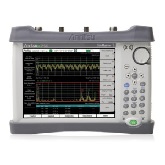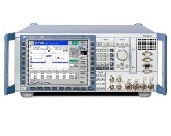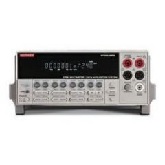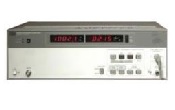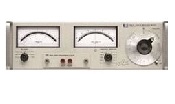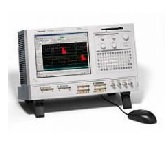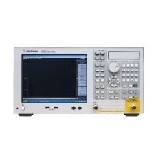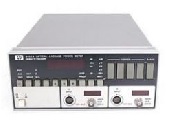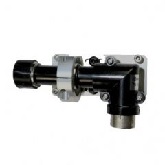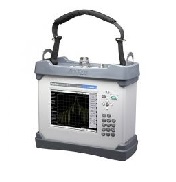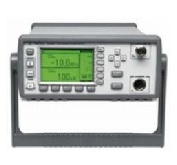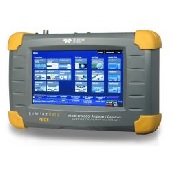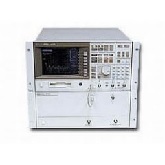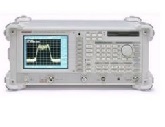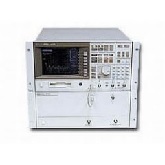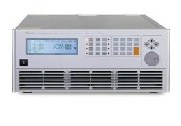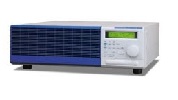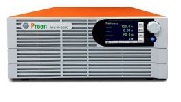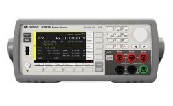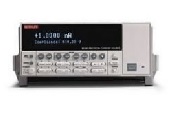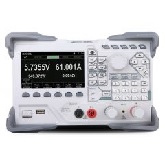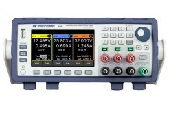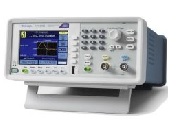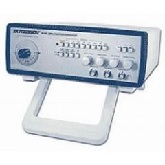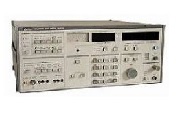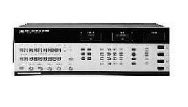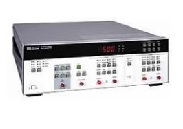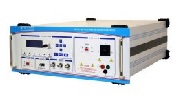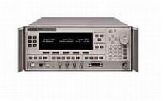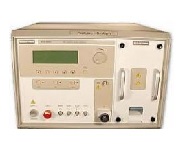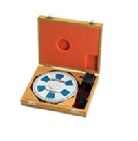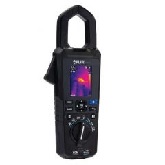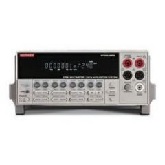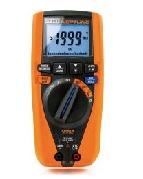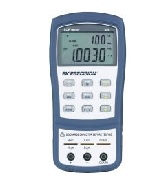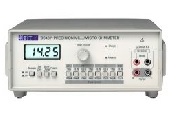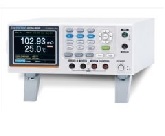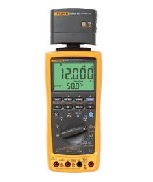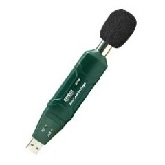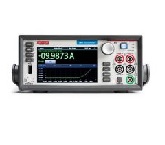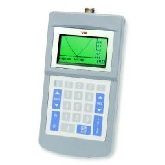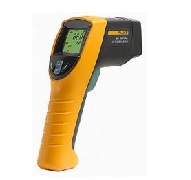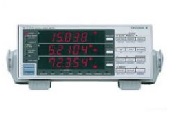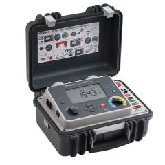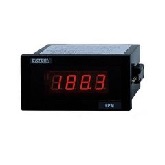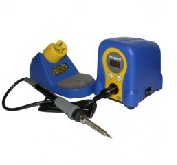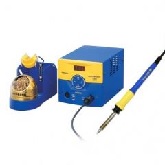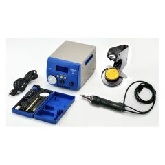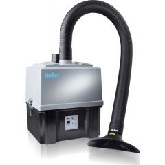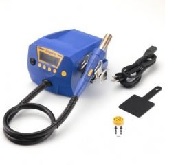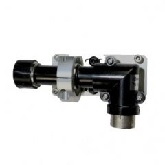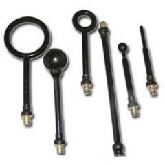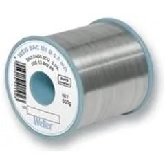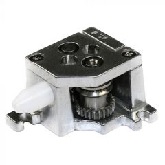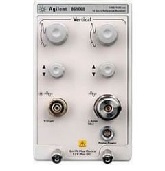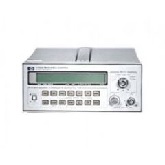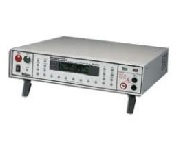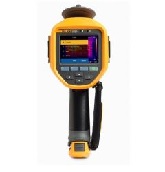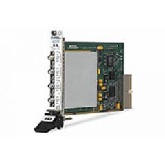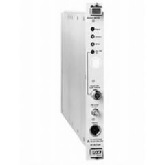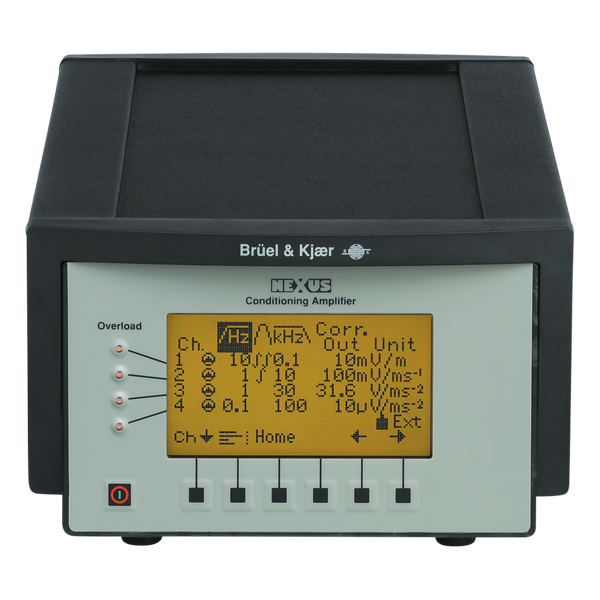Features:
- 3-channel Charge Conditioning Amplifier
- Highly flexible construction – 1, 2, 3 or 4 channel configurations, or a combination of acoustic and vibration transducer inputs is possible
- High input signal range. Low noise. Extensive overload facilities
- Supports transducers with TEDS according to IEEE 1451.4
- Available for: charge, microphone, sound intensity, DeltaTron™ and very high input
- Compact robust design and battery operation makes it suitable for use in the field (and in the laboratory)
- Serial control interface (RS–232) allows computer control of setups and test functions. A large number of amplifiers can be controlled from a single PC
- High accuracy due to reliable construction and a wide range of calibration options. Built-in patented Charge Injection Calibration (CIC) and patented Mounted Resonance Testing
- Wide range of filters that can be set up for specific tasks
- Rack-mounting fittings available
Applications
- Specially suited for automotive use. Developed in association with major car manufacturers, for high-quality field and laboratory measurement systems
- Used with charge accelerometers, hydrophones, force transducers, condenser microphones, DeltaTron™ accelerometers, DeltaTron™ preamplifiers, voltage input and sound intensity probes
- Field recording of vibration and acoustic signals
- Specially suitable for applications where shocks and impulses occur such as gas turbine testing and munitions testing (Types 2692-C and -D only)
The NEXUS™ concept is based on a single mainframe, a number of input/output channels, and different filter options. This makes it highly flexible, as you can configure your conditioning amplifier to your needs. You can have acoustic and vibration inputs in the same mainframe with one, two, three or four independent input channels.
NEXUS can be reconfigured if your requirements change. If, for example, you have a 1-ch. Charge Conditioning Amplifier, it can be updated to a 2-ch. Charge/2-ch. Microphone Conditioning Amplifier. Hardware/software updates, for example, auxiliary modules with A-, B-, C- and D-weighting filters or integration, make the concept even more flexible.
Microprocessors are used for control, display and interfacing purposes, but the signal is maintained analogue to obtain optimum signal/noise ratio and the lowest possible distortion. NEXUS supports transducers with TEDS according to IEEE 1451.4.
NEXUS Conditioning Amplifiers are equally suited for laboratory and field use. They are compact and self-contained with an optional rechargeable battery. They are lightweight too, weighing around 3 kg (6.6 lb.), including battery. Rack-mounting fittings are available for in-car testing purposes as well as for stationary use. The portable 19" rack KQ-0158 can contain up to 9 NEXUS units. Up to 16 NEXUS channels and a DAT recorder can be mounted in a compact unit (UA-1409) which is particularly suitable for automotive use. UA-1409 has fittings for a carrying strap.
To survive the harsh electrical environment in cars, NEXUS conditioning amplifiers have specifications that far exceed the strict European EMC immunity requirements. ISO 7637-1®Road Vehicles – Electrical disturbance by conduction and coupling” requirements are met. Mechanical robustness is equally high and meets MIL – STD – 810C and IEC 60068 – 2 – 6 standards.
Since all NEXUS amplifiers are built for portable outdoor use, they meet strict requirements for temperature and humidity. The operating temperature range extends from – 10 to +55°C (+14 to +131°F). The instrument will withstand rain if kept with the front panel facing upwards. However, because of the sockets on the back panel it is not watertight.
All NEXUS conditioning amplifiers use the same mainframe and power supply hardware, while the channel configuration is based on interchangeable modules. This modular design gives the amplifiers a high degree of flexibility with regards to design. To reduce the cost of the instrument and to ensure accuracy and reliability, modules must be replaced at Brüel & Kjaer.A conditioning amplifier can contain up to four separate charge input channels. Each channel has comprehensive high- and low-pass filtering facilities. TNC input connectors are used and TNC to 10–32 UNF adaptors are provided. Input can be single ended or floating. Single and double integration modes are available in some standard versions and also as an option for all input modules. Use the built-in MRT to get information about the mounting of the associated charge accelerometer and general errors in the measurement setup.
For all channels, the output module will drive 20 m of cable to 100 kHz, 100 m of cable (100 pF/m) to 20 kHz or 1000 m to 2 kHz. A BNC connector is used, and you can select single-ended or floating mode. The output is protected against short-circuits and voltage overload, even if instrument is switched off.
Serial RS–232 Interface
All functions can be controlled via the serial RS–232 interface. It is possible to switch the power on or off via the RS–232.
Controlling Several Amplifiers
You can “daisy-chain” up to 99 channels. Each unit can be automatically addressed from an optional PC program.
Human Interface
Six pushkeys – nothing more is required to set up all parameters from the associated menus:
- Amplifier Setup: Set up filters and gain for each individual channel. Also displays information about battery capacity and overload condition
- Transducer Setup: Select transducer type and entering calibrated sensitivity
- Transducer Supply: Set up current supply, preamplifier/polarization voltages and cable length
- Floating/Correction: Select floating input/output and for entering application corrections
- Store/Recall Setup: Store/retrieve of five user-defined setups
- Display Setup: Switch back-lighting on/off and adjusting the display contrast
- Transducer Test/Ref. Sig.: Select test or reference signals and CIC and MRT parameters
- Battery Setup: Read out status on battery charge condition and number of charging cycles
- Serial Interface: Set up RS–232 parameters
- Self-test: Test the digital hardware
Overload Detection
All types of overload are indicated on the front panel LEDs. If you select the relevant menu you can get information about the type of overload on the display, or you can get the data via the RS–232 interface. Comprehensive overload detection facilities are built into the conditioning amplifier: transducer current overload (CCLD and microphones), transducer voltage overload (CCLD), common mode input overload, signal overload and common mode output overload.
Peak Meter
A peak level meter allows you to monitor the instantaneous peak values for all channels and the maximum peak values (peak hold) since they were reset. Overload indications are also shown in this menu.
Mounted Resonance Test (MRT)
This is another patented Brüel & Kjaer technique used to get information about the accelerometer mounting and verify that the cable connections are in working order. A short voltage pulse is used to excite the transducer. The amplifier switches to a measurement mode, measures the resonance frequency and registers it on the display. MRT works with a number of Brüel & Kjaer charge accelerometers that have a resonance frequency between 3 and 40 kHz. Available on charge channels only.
NEXUS units with embedded software version 2.0 or later can identify transducers with built-in TEDS that comply with the IEEE 1451.4 standard. Such transducers can be identified by their type numbers and their sensitivities read into the NEXUS unit.
| Manufacturer | Bruel & Kjaer |
|---|---|
| Condition | Used |


